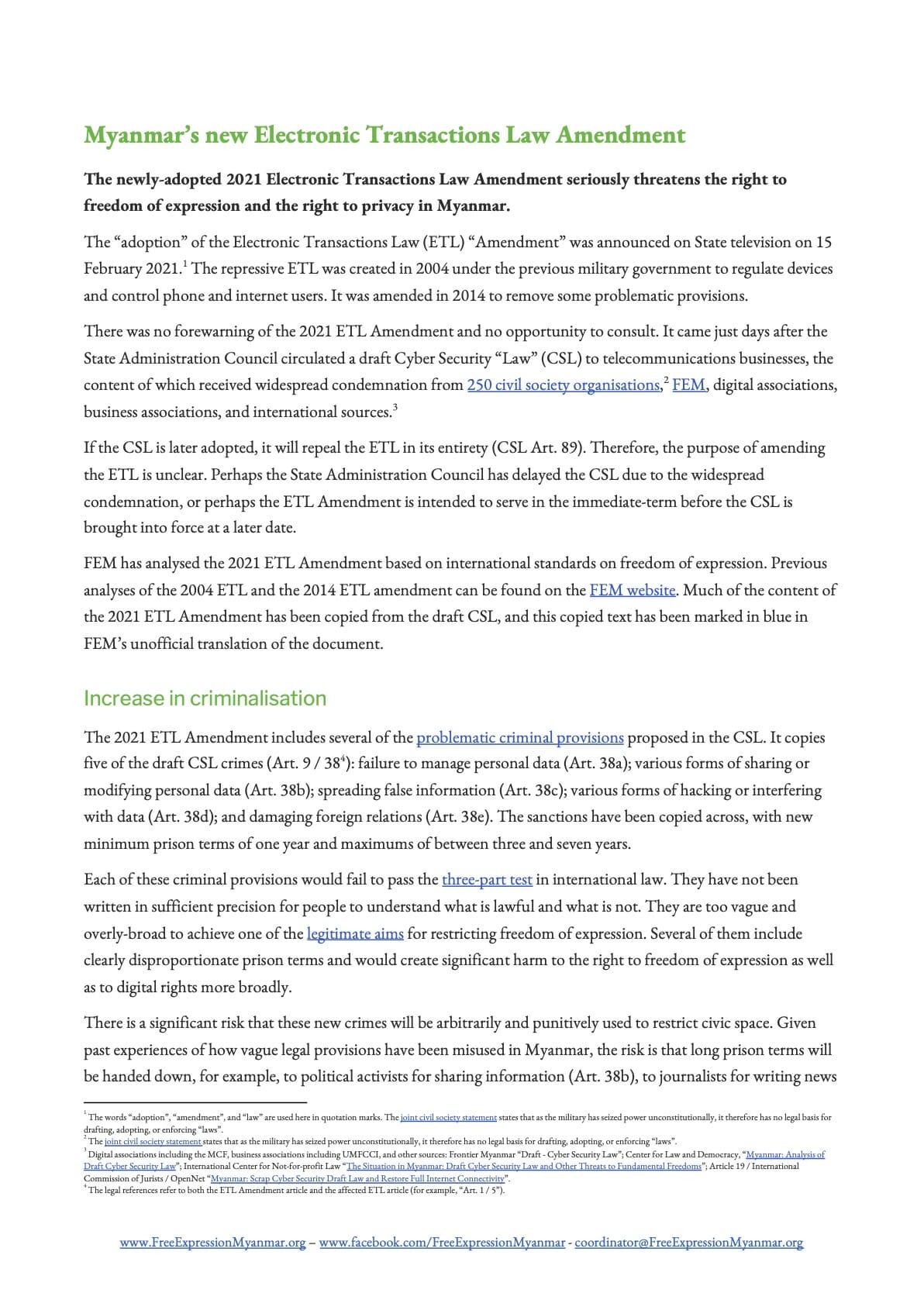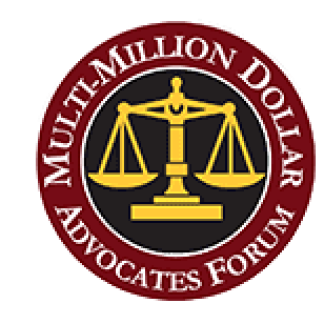An invasion of privacy example may arise when someone's personal data is not in accordance with their reality. Criminals may use their false information to harm the victim's reputation. The most dramatic example of this is the theft of a bank card and the use of personal finances. Criminals may also take a person's passwords to perform illegal actions under their name. These actions can be a serious breach of privacy, and can be grounds for a lawsuit. car wreck lawyers Houston
A person may also violate a person's privacy by violating Penal Code Section 647(j)(1) by looking through a window. This would violate Penal Code Section 647(j)(1) if the person could not have reasonably been expected to view the contents of the window. While this may seem like a trivial example, it does highlight the legal implications of this type of invasion. The court will likely find it highly unlikely that a security guard would intentionally break into the home of a victim.
To pursue a lawsuit for invasion of privacy, a plaintiff must present evidence of the facts revealing the defendant's personal information. The evidence can be anything from a newspaper article to an email. As long as the evidence is valid, a plaintiff must file the lawsuit within the applicable statute of limitations in his or her state. Statutes of limitations are generally set by state, and the time limit for filing a lawsuit varies from one to three years.
This example highlights some of the most common forms of invasion of privacy. Invasions of privacy can take several forms, including coercive practices, improper use of data, and abuse of trust. As the example shows, an invasion of privacy may arise when a third party uses a third party's data without the person's consent. A third common example involves the use of a person's likeness or name in a commercial context.
One of the most common ways that media outlets violate privacy is by using cable television sets as cameras to view the living rooms of people across the country. Although the FCC may protect free speech, it does not protect the rights of Americans in their own homes. While cable television sets may be the best solution to the problem of trespassing on people's private information, the intrusion of privacy they provide is still a huge problem.
Whether an organization is responsible for an invasion of privacy is a complicated question. It is important to understand that the right to privacy does not apply to associations and corporations. Rather, the rights are protected by the law. For example, an association cannot use its name in a commercial context without the permission of the owner. In some cases, the owner of a name may be liable for the use of their name without permission. This can happen when the defendant was merely copying another person's name without the person's consent.
In other situations, such as the disclosure of a person's private information, there may be a legal claim for invasion of privacy. The courts have defined an invasion of privacy as any activity that interferes with the rights of another person. These acts may also involve the use of another person's name or other private information for personal gain. A plaintiff can file a lawsuit for an invasion of privacy if someone violates their rights.








